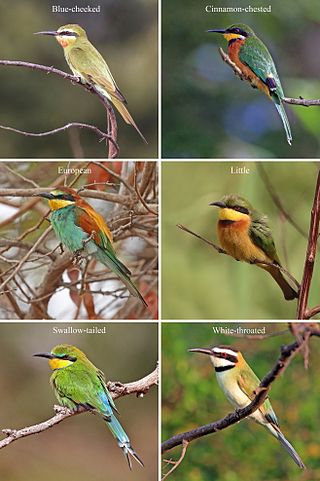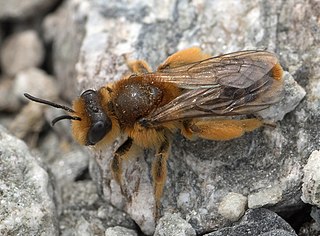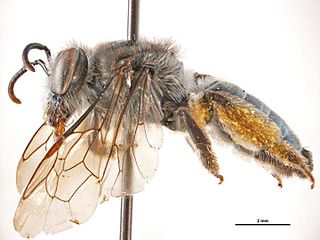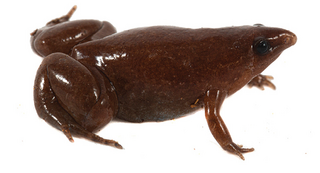
The fauna of Australia consists of a large variety of animals; some 46% of birds, 69% of mammals, 94% of amphibians, and 93% of reptiles that inhabit the continent are endemic to it. This high level of endemism can be attributed to the continent's long geographic isolation, tectonic stability, and the effects of a unique pattern of climate change on the soil and flora over geological time. A unique feature of Australia's fauna is the relative scarcity of native placental mammals. Consequently, the marsupials – a group of mammals that raise their young in a pouch, including the macropods, possums and dasyuromorphs – occupy many of the ecological niches placental animals occupy elsewhere in the world. Australia is home to two of the five known extant species of monotremes and has numerous venomous species, which include the platypus, spiders, scorpions, octopus, jellyfish, molluscs, stonefish, and stingrays. Uniquely, Australia has more venomous than non-venomous species of snakes.

A pollinator is an animal that moves pollen from the male anther of a flower to the female stigma of a flower. This helps to bring about fertilization of the ovules in the flower by the male gametes from the pollen grains.

The Pyralidae, commonly called pyralid moths, snout moths or grass moths, are a family of Lepidoptera in the ditrysian superfamily Pyraloidea. In many classifications, the grass moths (Crambidae) are included in the Pyralidae as a subfamily, making the combined group one of the largest families in the Lepidoptera. The latest review by Eugene G. Munroe and Maria Alma Solis retain the Crambidae as a full family of Pyraloidea.

Merops is a large genus of bee-eaters, a group of birds in the family Meropidae, native to Africa, Asia, Australia and Europe. The members of this family are characterised by richly coloured plumage, slender bodies and usually elongated central tail feathers. They predominantly eat insects, especially bees, wasps and hornets, which are caught in the air.

Conospermum is a genus of about 50 species of flowering plants in the family Proteaceae that are endemic to Australia. Members of the genus are known as smokebushes - from a distance, their wispy heads of blue or grey flowers resemble puffs of smoke. They have an unusual pollination method that sometimes leads to the death of visiting insects. They are found in all Australian states, though most occur only in Western Australia. Smokebushes are rarely cultivated, though the flowers of several Western Australian species are harvested for the cut flower industry.

The Colletidae are a family of bees, and are often referred to collectively as plasterer bees or polyester bees, due to the method of smoothing the walls of their nest cells with secretions applied with their mouthparts; these secretions dry into a cellophane-like lining. The five subfamilies, 54 genera, and over 2000 species are all evidently solitary, though many nest in aggregations. Two of the subfamilies, Euryglossinae and Hylaeinae, lack the external pollen-carrying apparatus that otherwise characterizes most bees, and instead carry the pollen in their crops. These groups, and most genera in this family, have liquid or semiliquid pollen masses on which the larvae develop.

Askal, also called aspin, refers to the diverse population of mongrel free-ranging dogs found in the Philippines.

Leioproctus, the hairy colletid bee, is a genus in the plaster bee family Colletidae. Its members are primarily found in Australasia and temperate South America, and include the most common native bees in New Zealand.

The blackbelly triggerfish is a ray-finned fish in the family Balistidae found in the Indo-Pacific. It occasionally makes its way into the aquarium trade. It is sometimes known as the blackpatch triggerfish.

Amegilla bombiformis, commonly known as the teddy bear bee or golden haired mortar bee, is an Australian native bee in the family Apidae.

Persoonia levis, commonly known as the broad-leaved geebung, is a shrub native to New South Wales and Victoria in eastern Australia. It reaches 5 m (16 ft) in height and has dark grey papery bark and bright green asymmetrical sickle-shaped leaves up to 14 cm (5.5 in) long and 8 cm (3.2 in) wide. The small yellow flowers appear in summer and autumn, followed by small green fleshy fruit, which are classified as drupes. Within the genus Persoonia, it is a member of the Lanceolata group of 58 closely related species. P. levis interbreeds with several other species where they grow together.

Persoonia chamaepitys, commonly known as the prostrate- or mountain geebung, is a shrub endemic to New South Wales in eastern Australia. It has a prostrate habit, reaching only 20 cm (7.9 in) high but spreading up to 2 m (6.6 ft) across, with bright green spine-like leaves and small yellow flowers appearing in summer and autumn.
The tiny Pilbara toadlet ) is a species of frog in the family Myobatrachidae. It is endemic to the arid Pilbara region of Australia. It is a burrowing frog and is found in rocky gorges and creeks in the Pilbara following cyclonic rains. The species name saxatilis means "rock-dwelling".

Leioproctus carinatifrons is a species of Australian bee. It is found in coastal regions of New South Wales, Victoria and South Australia, and feeds on the nectar of various species of Persoonia. It was first described in 1929 by T. D. A. Cockerell as Paracolletes carinatifrons. Males are around 10 millimetres (0.39 in) long, and females 7 mm (0.28 in). It is closely related to L. perpolitus from Western Australia

Leioproctus fulvescens is a species of solitary bee belonging to the family Colletidae. This bee is endemic to the South Island of New Zealand, and its yellow-orange hair distinguishes it from all other New Zealand species of Leioproctus.
Leioproctus huakiwi is a species of bee in the family Colletidae family. This species was first described in 2007 and is endemic to New Zealand. L. huakiwi is a solitary bee, small and mainly black in appearance. It nests in the ground in bare, dry and fine soil. This species has been the subject of a successful translocation in Canterbury in 2005.

Synapturanus danta is a species of frog from the family Microhylidae that was described in 2022. It has an enlarged nose like that of a tapir, giving it the common name tapir frog.

Kit Prendergast, nicknamed "The Bee Babette", is a wild bee ecologist from Perth, Western Australia.

Leioproctus imitatus is a species of plaster bee in the family Colletidae. It is a small, black, solitary bee that is endemic to New Zealand.

Leioproctus pango is a solitary bee species belonging to the genus Leioproctus, and family Colletidae. It is native to New Zealand.
















